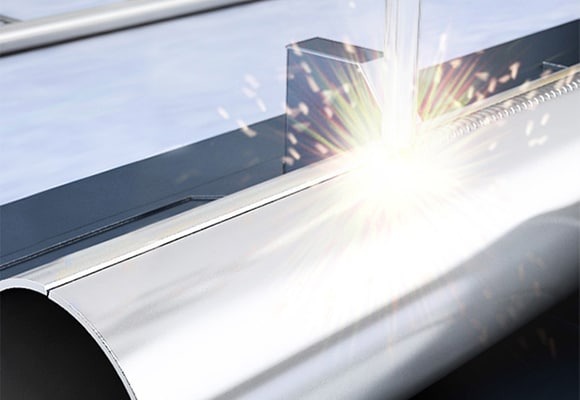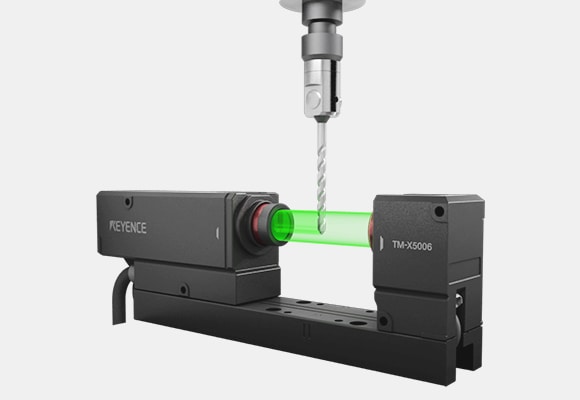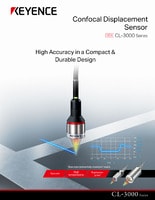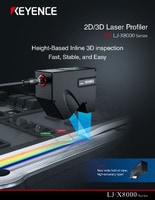Measurement Sensors
Measuring Angles
When looking for the best way to measure angle, there are several important factors to consider, including the type of measurement system and the installation environment. Selecting equipment that doesn't adequately meet your needs can lead to insufficient precision and increased man-hours during production. This site is designed to help users determine the best way to perform measurements with confidence regarding an angle measurement system.
Get detailed information on our products by downloading our catalog.
View Catalog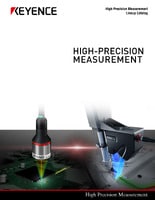

Angle Measurement with a Reflective-Type Sensor
A reflective-type sensor’s primary function is to measure the position of a target based on the light reflected from the target surface. While it is not directly used for measuring angles, it can be used in systems where angle measurements are calculated from the variation in the position of the target.
The cross-sectional shape of locations where the laser hits are obtained and the angle is measured based on the shape.
- Angle can be measured using only one head
- Angle can be computed internally
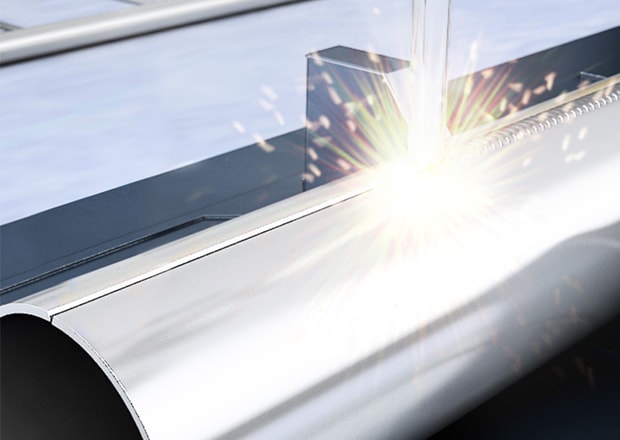
Angle measurement of bevel during welding
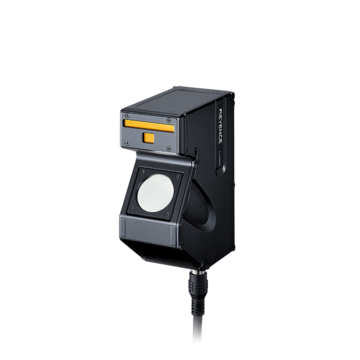
2D/3D Laser Profiler LJ-X8000 series
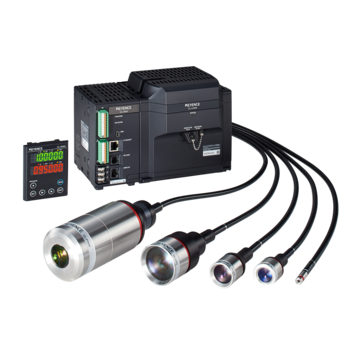
Confocal Displacement Sensor CL-3000 series
Angle Measurement with a Thrubeam-Type Sensor
Thrubeam sensors, also known as through-beam sensors, are photoelectric sensors that consist of a light emitter, which emits the light, and a light receiver, which monitors the presence of that light beam. These components are positioned facing each other, and the detection occurs when the light beam between said components is interrupted by an object.
Thrubeam sensors are well-known for their high levels of accuracy, as they’re not affected by the color of the object, its texture, or the object's reflectivity, making them perfect for measuring angles in numerous industries and applications.
The angle at specified points is measured using the image obtained using the 2D optical projection method. In addition to angle; the outer diameter, step, and other parameters can also be measured for multiple locations at the same time.

Angle Measurement of drill tips

Telecentric Measurement System TM-X5000 series
What is Angle Measurement?
Measuring angles is a process of determining the position or orientation of an observed object relative to a reference angle. These measurements are typically performed using manual methods. However, in certain situations, physical measurements are unreliable due to human error and the angle measurement tool’s resolution or due to the fragile nature of the object, in which case physical measurements might end up damaging the object.
That’s where non-contact measurement methods come in—more specifically, laser scanners and optical measurement systems. Admittedly, these two angle measurement systems rely on different working principles, but they’re incredibly accurate, and their accuracy typically ranges within the micron level.
What is Needed to Measure Angles
Each of the aforementioned angle measurement methods and their respective product lines can be used to measure angles and positions relative to a reference angle. The 2D triangulation sensors determine the position of a point in two dimensions and use the recorded positions to derive the angle.
Multi-color confocal sensors use chromatic aberration to determine the distance between the sensor and the surface and indirectly measure angles. Thru-beam sensors can be used for measuring angles, or they can be a part of a measuring system that can derive the angle based on the interpretation of the beam.
As such, it’s important to note that 2D triangulation and multi-color confocal sensors directly measure angles by determining the position of a point on a surface of the part, while thru-beam sensors can be used to derive the angle based on the 2D optical projection principle.
What are Easy Ways to Measure Angles?
When it comes to measuring angles in a professional and industrial setting, “easy” can be different from what’s required, especially with precision manufacturing of complex shapes. These settings typically require the use of more sophisticated angle-measuring methods and equipment, like those mentioned above.
In this case, the ease of measuring angles comes from the equipment’s capability to automate the angle-measuring process and provide accurate results. This effectively excludes the need for extensive manual interventions, measurements, and calculations. So, the easiest way to measure angles is to rely on properly calibrated angle-measuring automation solutions.

